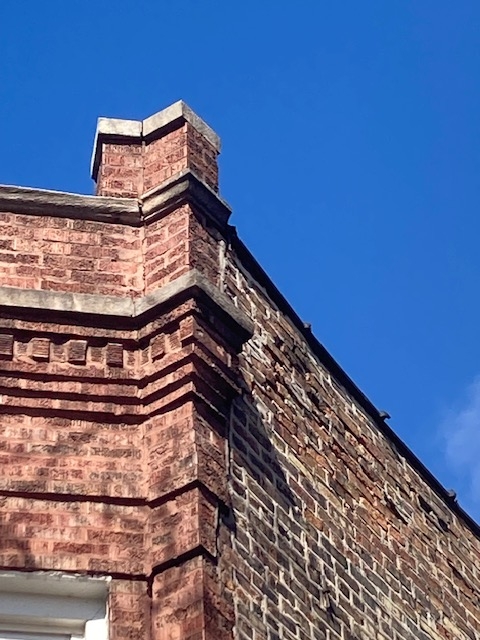What is a parapet wall?
Understanding Parapet Walls: A Comprehensive Overview
Parapet walls, those modest yet significant features adorning the edges of various structures, serve both functional and aesthetic purposes in architecture and construction. Often overlooked, these unassuming elements play a crucial role in ensuring safety, enhancing architectural design, and mitigating environmental impacts. In this comprehensive exploration, we delve into what parapet walls are, their historical significance, diverse applications, and the rationale behind their usage.
Defining Parapet Walls
What is a parapet wall? A parapet wall can be described as a low protective barrier or railing erected along the perimeter of a building’s roof, balcony, terrace, bridge, or any elevated platform. Unlike conventional walls, parapets typically extend above the roofline or edge of the structure, providing a barrier that prevents accidental falls and offers protection against wind loads. They vary in height, ranging from a few inches to several feet, depending on the specific requirements dictated by building codes, architectural considerations, and safety standards.
Historical Context
The origins of parapet walls can be traced back to ancient civilizations, where they were initially constructed for defensive purposes. In medieval times, castles and fortresses featured crenellated parapets with notched tops, facilitating defensive maneuvers and providing cover for archers. As architecture evolved, parapet walls became integral components of various building types, transcending their defensive function to encompass aesthetic and practical considerations.
Functionality and Utility
The primary function of a parapet wall is to ensure safety by preventing accidental falls from elevated surfaces. In urban environments, where high-rise buildings dominate the skyline, parapets serve as essential safety features, particularly on rooftops and balconies where people gather for leisure or work. Furthermore, parapet walls mitigate the risk of wind-induced accidents by providing a barrier that deflects strong gusts and reduces the likelihood of objects being swept off the edge.
Architectural Significance
What is a parapet wall? Beyond their utilitarian role, parapet walls contribute significantly to the architectural composition of a structure. They serve as visual terminations, defining the silhouette of the building and adding depth and character to its façade. Architects often employ parapets as design elements, incorporating decorative motifs, patterns, and materials that complement the overall aesthetic of the building. Whether sleek and modern or ornate and classical, parapet walls contribute to the architectural language of a structure, enhancing its visual appeal and identity.
Variety in Design and Construction
Parapet walls come in a myriad of designs, reflecting the diverse architectural styles, building types, and regional preferences worldwide. In traditional architecture, parapets may feature intricate detailing, such as balustrades, corbels, or cornices, evoking a sense of craftsmanship and historical continuity. In contemporary structures, minimalist parapet walls with clean lines and simple geometries are favored for their sleek and understated appearance. Additionally, advancements in building materials and construction techniques have expanded the possibilities for parapet design, enabling architects to create innovative solutions that blend functionality with creativity.
Environmental Considerations
In addition to their safety and aesthetic benefits, parapet walls play a role in environmental sustainability and energy efficiency. By providing a protective barrier along the building’s perimeter, parapets help to reduce heat loss in cold climates and minimize heat gain in hot climates, contributing to the overall thermal performance of the structure. Moreover, green roofs and rooftop gardens, which are increasingly popular for their environmental benefits, often incorporate parapet walls to contain vegetation and prevent soil erosion, enhancing biodiversity and reducing storm water runoff.
Conclusion: What is a parapet wall?
In conclusion, parapet walls are integral components of architectural design and construction, serving a multitude of functions ranging from safety and wind protection to aesthetic enhancement and environmental sustainability. As architectural elements, parapets embody the synthesis of form and function, marrying practical considerations with artistic expression. Whether modest or monumental, traditional or contemporary, parapet walls stand as enduring features that define the built environment and enrich our urban landscapes with their presence.
Schedule a Free Consultation for your Parapet Wall Today!
CALL NOW (847)496-3343
What is a parapet wall?

What is a parapet wall?
Here is an in depth article describing parapet walls from Building Science
